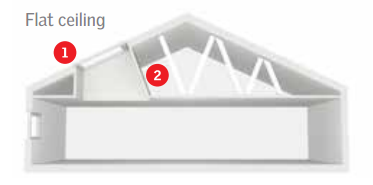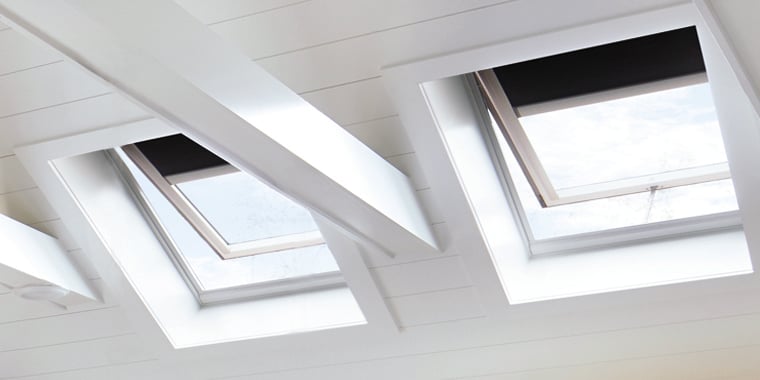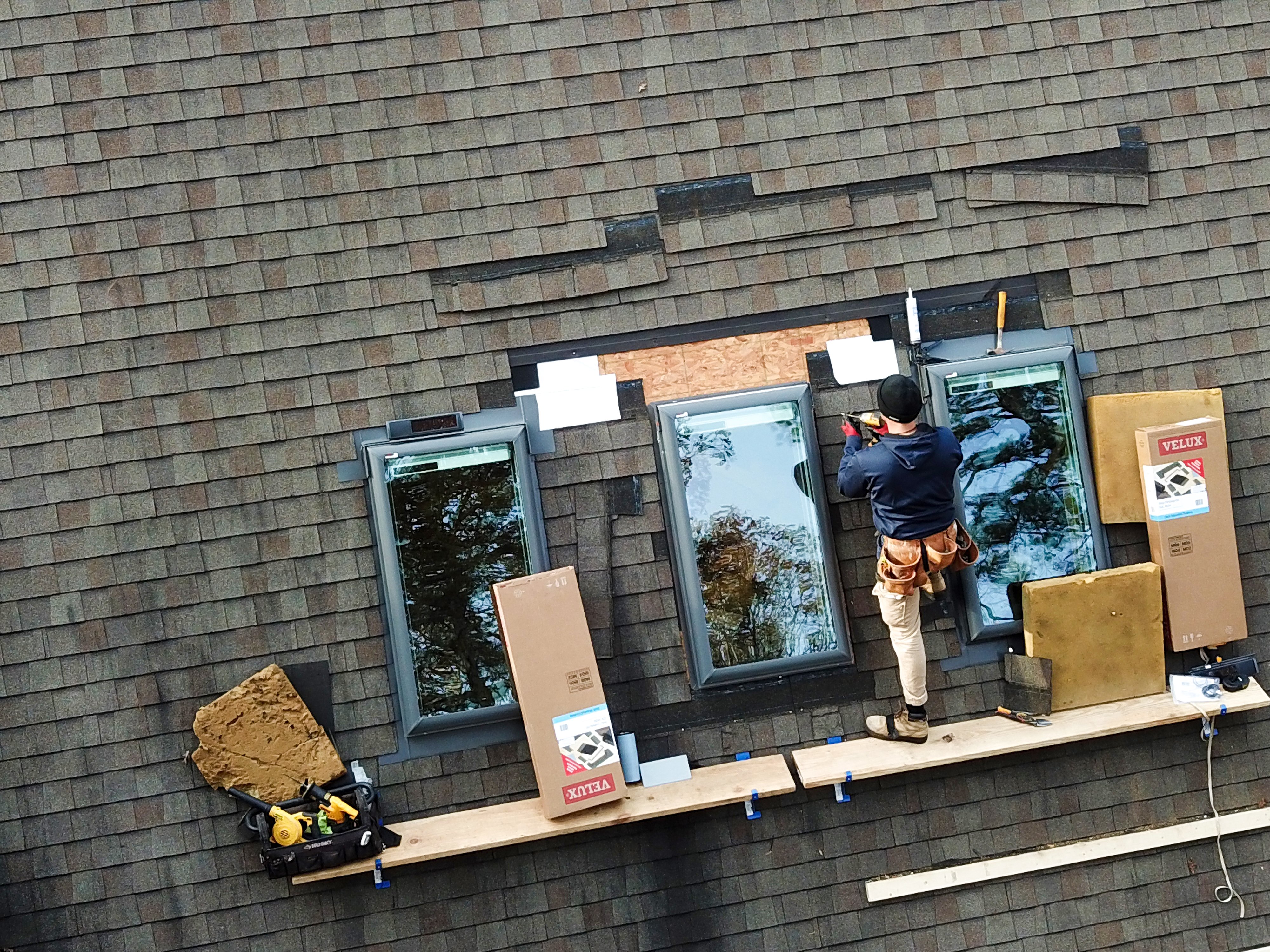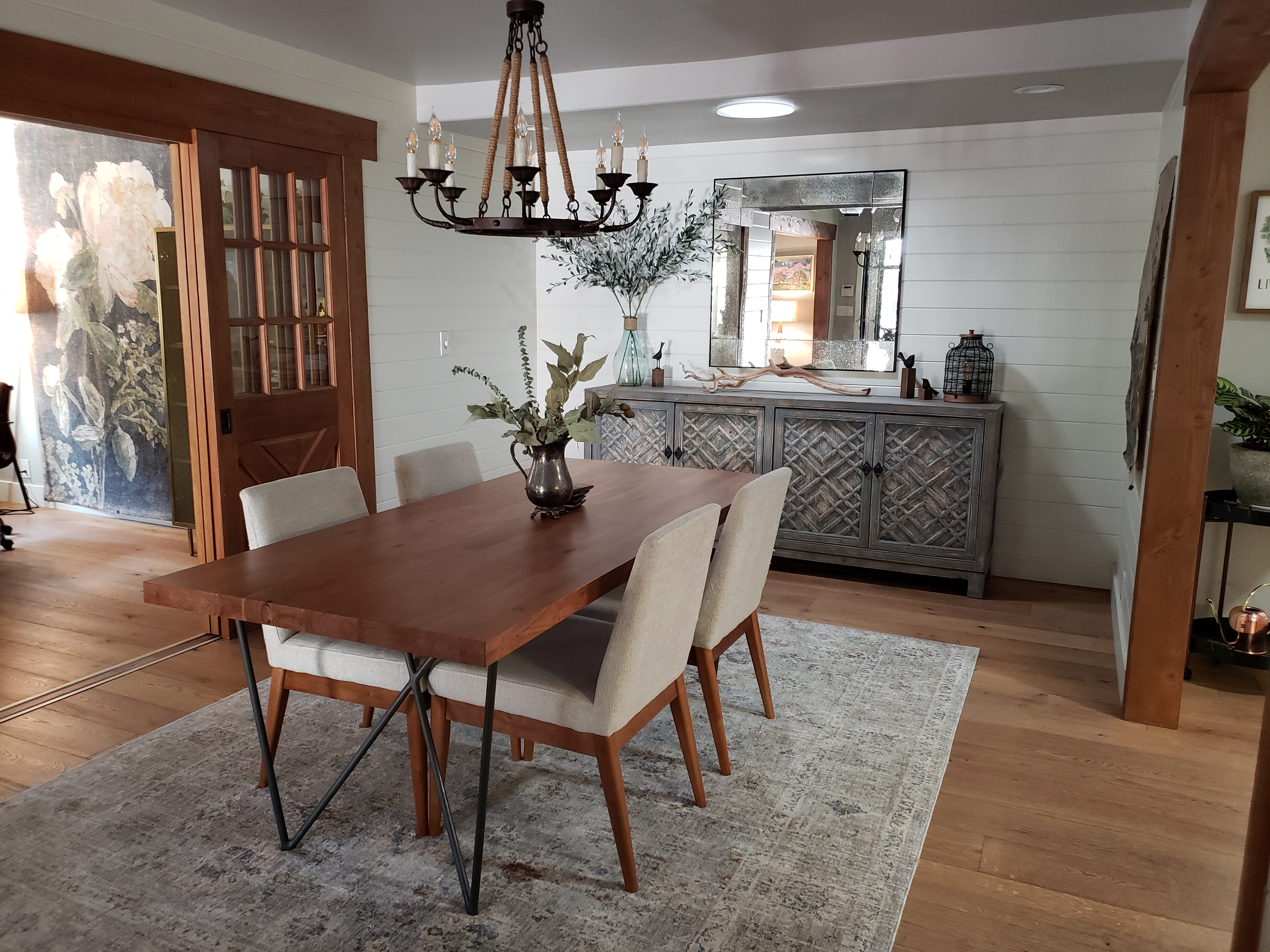Flat Ceiling? No problem! There’s A Skylight for Every Ceiling
When it comes to skylights, many people love how they look and the health benefits they bring, but think their home isn’t suited to one. Fortunately, skylights can be installed in many different types of ceiling and roof constructions.
A common misconception we hear often from homeowners is that a skylight can only be installed in a vaulted ceiling. Many people incorrectly assume that a flat ceiling with a condensed attic space means there's flat roof structures no opportunity to add a skylight for daylight and fresh air. But the truth is that skylights can be installed on a pitched roof with a flat interior ceiling, and even in flat roof structures.
If you have a flat ceiling with an attic space and a sloped roof, you can connect the two with a skylight shaft through the attic. This will make for a more interesting architectural feature than a skylight in a vaulted ceiling. The blown-out ceiling adds drama, creating visual interest and a focal point that draws the eye and illuminates the area under it. The space will also feel larger, thanks to the extra natural light and the appearance of higher ceilings.
Here’s how it works:

- A skylight can be installed on the exterior of the roof and tied into the roof systems using our three layers of water protection.
- An insulated shaft is then built to connect the roof opening to the flat ceiling through the attic space. Worried about condensation? There’s no need – the skylight on the inside is tied into the air barrier of your home to minimize chances of condensation
Note: When planning your installation, know that the process can take anywhere from one to five days from start to finish, depending on how deep the shaft is and how it is finished.
We recommend that you contact a member of our VELUX Installers Program for a consultation, most installers offer free estimates. When you work with a certified installer, they will examine your roof structure, attic and interior space. They will discuss with you how the shaft can be flared/angled to maximize the daylight and also give insights into how the light will travel through the home based on your home’s orientation. For example, if you’re adding a skylight to your kitchen that is located at the back of your house facing northwest, this means you get more light in the afternoon so you might consider a shaft that is flared on all four sides.
Remember, whenever you want to undertake a renovation or upgrade in your home but think you can’t do it or it won’t work in your home, it’s a good idea to do some research. Chances are, there’s a creative design solution to make your dream a reality.





